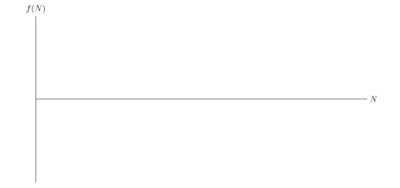Science:Math Exam Resources/Courses/MATH102/December 2019/Question 08(a)
{{#incat:MER QGQ flag|{{#incat:MER QGH flag|{{#incat:MER QGS flag|}}}}}}
• Q1 • Q2 • Q3 • Q4 (a) • Q4 (b) • Q4 (c) • Q4 (d) • Q5 (a) • Q5 (b) • Q5 (c) • Q5 (d) • Q6 • Q7 • Q8(a) • Q8(b) • Q8(c) • Q9(a) • Q9(b) • Q10 • Q10(a) • Q10(b) • Q11 • Q12 •
|
Make sure you understand the problem fully: What is the question asking you to do? Are there specific conditions or constraints that you should take note of? How will you know if your answer is correct from your work only? Can you rephrase the question in your own words in a way that makes sense to you? |
|
If you are stuck, check the hint below. Consider it for a while. Does it give you a new idea on how to approach the problem? If so, try it! |
Hint |
|---|
|
Science:Math Exam Resources/Courses/MATH102/December 2019/Question 08(a)/Hint 1 |
|
Checking a solution serves two purposes: helping you if, after having used the hint, you still are stuck on the problem; or if you have solved the problem and would like to check your work.
|
Solution |
|---|
|
The zeros of the functions are given by N = 0, 1, 2. The first derivative of the function is thus the critical points are given by
Since the derivative is a downward quadratic it's easy to observe that is minimum , while is maximum. The second derivative is given by and indeed since it's a linear function we must have a point of inflection at N = 1. |
{{#incat:MER CT flag||
}}









